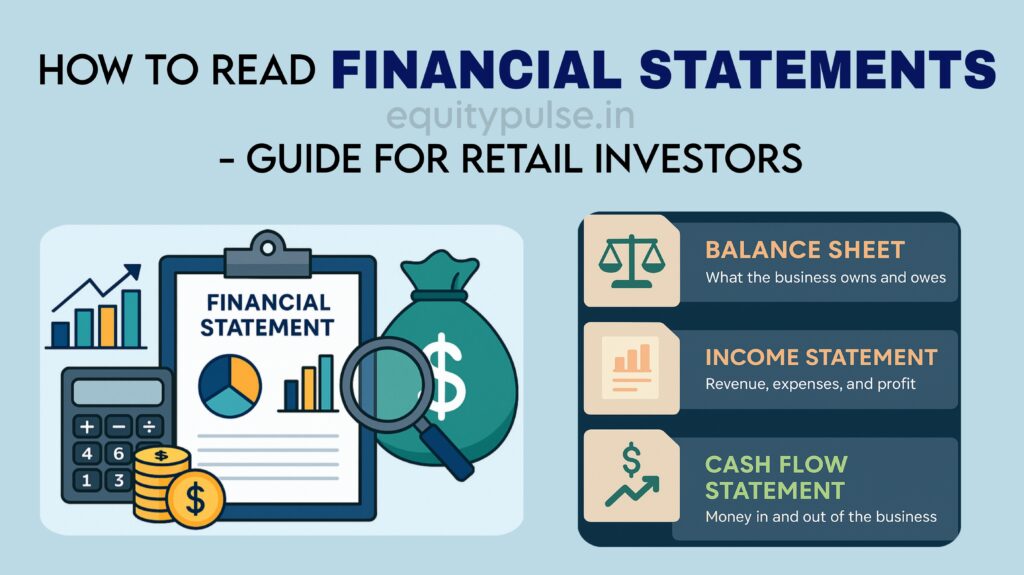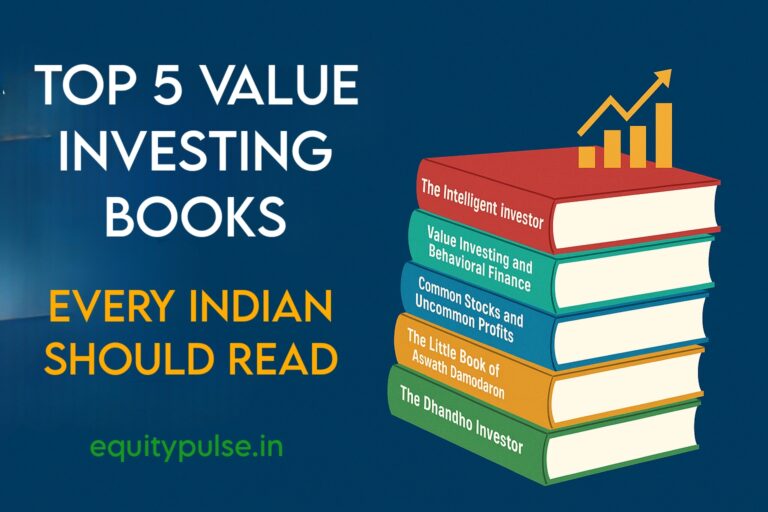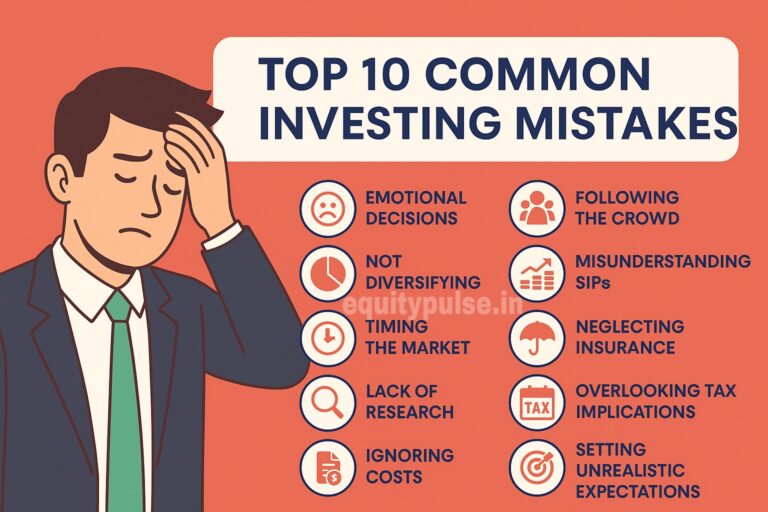
Introduction
If you’ve ever tried to invest in a company but found yourself lost in a sea of numbers—you’re not alone. Financial statements can feel intimidating, especially for retail investors who aren’t from a finance background. But here’s the truth: you don’t need to be a CA to understand what matters.
This guide is for everyday investors who want to look beyond tips, TV noise, and Twitter hype and build conviction through numbers. We’ll break it down into simple terms and offer real-life analogies, personal tips, and what to actually focus on.
Why Financial Statements Matter (and Why Most People Ignore Them)
Investing in stocks is essentially investing in a business. And just like you wouldn’t lend money to someone without knowing how they earn or spend, you shouldn’t invest without understanding a company’s financial health.
Still, most retail investors ignore financial statements because:
- They look complicated at first glance
- They think brokers or YouTubers already did the work
- They don’t know what exactly to look for
But here’s the edge: If you take a few hours to learn this skill, you’ll be ahead of 80% of retail investors.
1.The Balance Sheet – The Business Snapshot
What It Tells You:
Think of the balance sheet as a company’s financial selfie taken at a point in time. It shows:
- What the company owns (Assets)
- What it owes (Liabilities)
- What’s left for shareholders (Equity)
Key Things to Look At:
- Debt-to-Equity Ratio: Is the company over-leveraged?
- Cash & Bank Balances: Is it sitting on healthy liquidity?
- Receivables vs Payables: Too many receivables can signal cash flow issues
Personal Tip:
Avoid companies with consistently rising debt but stagnant or declining equity. For example, if you see debt rising every year but sales and profits aren’t moving much—red flag.
2.Income Statement – The Performance Report
What It Tells You:
This shows whether the business made a profit over a period (typically a quarter or a year). It covers:
- Revenue (Top Line)
- Expenses
- Net Profit (Bottom Line)
What to Watch:
- Revenue Growth (YoY and QoQ): Is the company growing consistently?
- Operating Profit Margin (OPM): Shows how efficiently the core business runs
- Net Profit Margin: Final profitability after all expenses and taxes
Investor Insight:
Look for consistency, not one-time spikes. A 30% jump in profit one quarter may look great, but if it’s due to asset sales or one-off gains, it’s not sustainable. Focus on core business earnings.
3.Cash Flow Statement – The Truth Serum
What It Tells You:
This is the most underused but most honest of the three. It shows where the money is actually going—not just what’s on paper.
Types of Cash Flows:
- Operating Cash Flow (OCF): Cash from actual business operations
- Investing Cash Flow (ICF): Buying/selling assets, investments
- Financing Cash Flow (FCF): Loans, dividends, stock issuance
Golden Rule:
Profit ≠ Cash. A company can show profits but have negative cash flow. That’s dangerous.
Look For:
- Positive OCF consistently
- Free Cash Flow (FCF): OCF – Capex (used to expand business)
- A healthy balance between cash inflow and outflow over time
4.Red Flags You Should Never Ignore
- Frequent equity dilution (means promoter is raising money too often)
- Negative operating cash flow for multiple years
- Inventory piling up but no matching sales increase
- Interest cost rising faster than profits
- Receivables rising faster than revenues (sign of poor cash recovery)
5.How to Actually Use This as a Retail Investor
You don’t need to analyze 100 companies. Here’s a simple approach:
Step 1: Shortlist 10–15 companies you like
Step 2: Read their annual reports (just 10 mins per company)
Step 3: Use screener.in or TickerTape for key ratios
Step 4: Build a conviction portfolio with 5–7 quality stocks
Step 5: Review yearly, not monthly
Bonus:
Use platforms like Screener.in where you can find ROCE, Debt/Equity, Cash Flow—all simplified.
Final Thoughts
Reading financial statements doesn’t make you a “pro” investor—but it makes you an informed one. And that’s a big deal. In a world of speculation and noise, financials are your anchor.
Don’t aim to read everything. Just start with 2–3 metrics for companies you already hold or want to hold. Within a few weeks, you’ll build an instinct—and that’s when investing starts becoming truly exciting.

